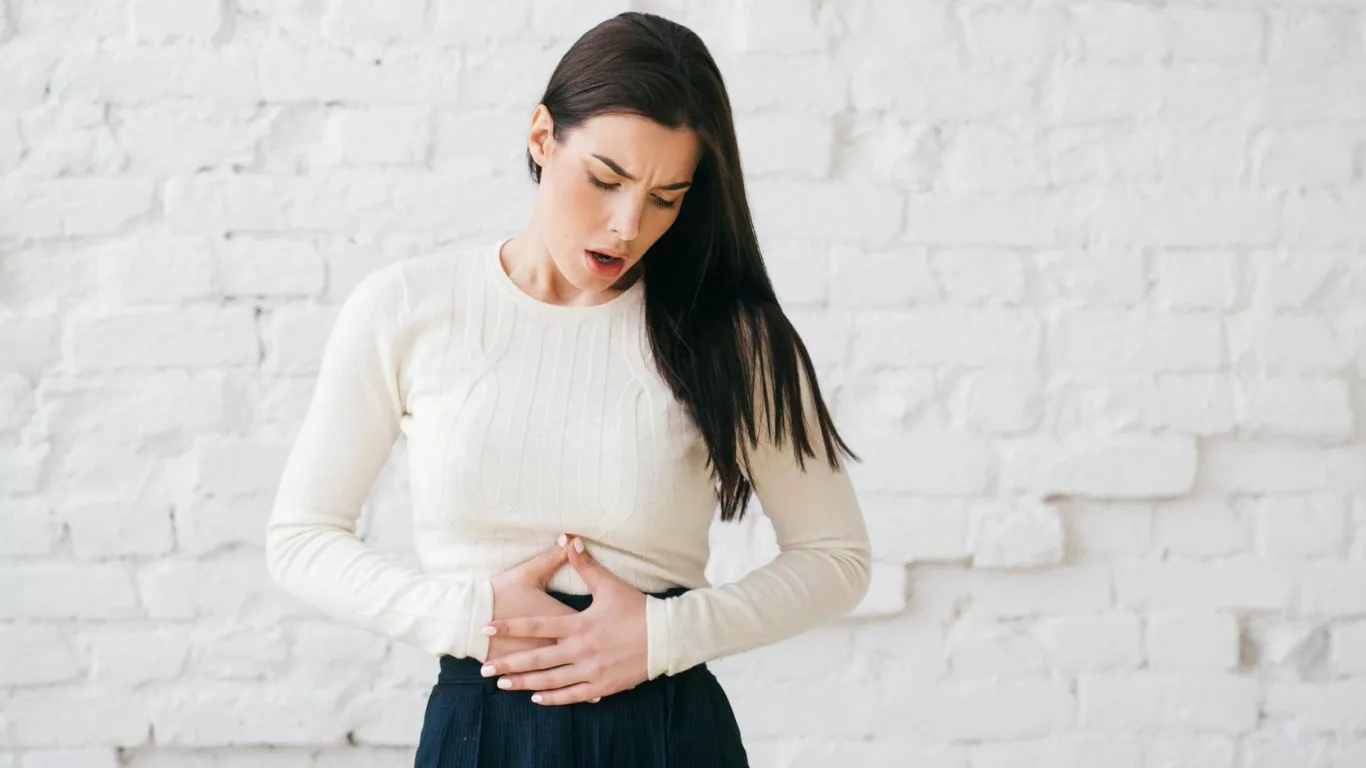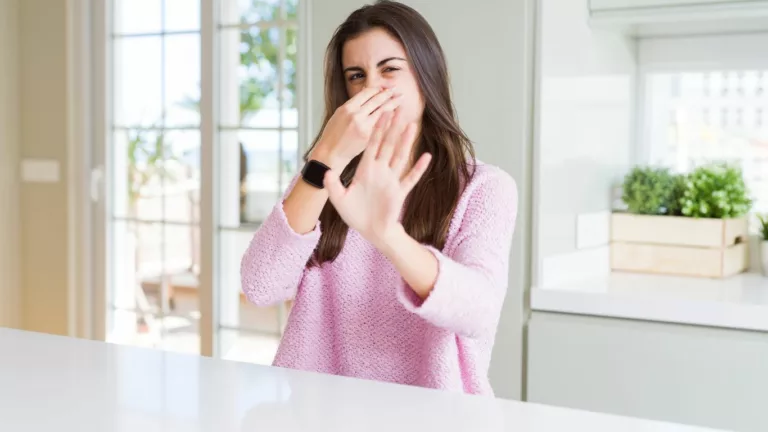Stomach Thickening Wall: A Comprehensive Guide
Learn about stomach thickening wall, its causes, symptoms, and diagnostic methods. Discover effective treatments and preventive measures to promote stomach health and reduce the risk of complications.
Stomach Thickening Wall, also known as gastric wall thickening, is a medical condition that can cause concern for individuals experiencing gastrointestinal discomfort. In this comprehensive article, we will delve into the various aspects of Stomach Thickening Wall, including its definition, causes, symptoms, diagnosis, associated medical conditions, treatment options, prevention tips, and when to seek medical attention. We will provide valuable insights into managing this condition and maintaining a healthy stomach for overall well-being.
Introduction to Stomach Thickening Wall
The stomach is an essential organ in the digestive system responsible for breaking down food and absorbing nutrients. The stomach lining, also called the gastric mucosa, typically has a uniform thickness. However, in cases of Stomach Thickening Wall, there is an abnormal increase in the thickness of the stomach wall, affecting its normal functions. The thickening may occur in specific areas or involve the entire stomach lining.
What is Stomach Thickening Wall?
The stomach wall consists of several layers, including the inner mucosa, submucosa, muscularis propria, and outer serosa. The gastric mucosa contains specialized cells that secrete stomach acid and digestive enzymes. In a healthy stomach, the mucosa maintains a consistent thickness to facilitate proper digestion.
Stomach Thickening Wall occurs when there is an excessive accumulation of connective tissue, inflammation, or the presence of abnormal growths in the gastric mucosa or other layers. This thickening can impair the stomach’s ability to stretch and accommodate food, leading to various symptoms and potential complications.
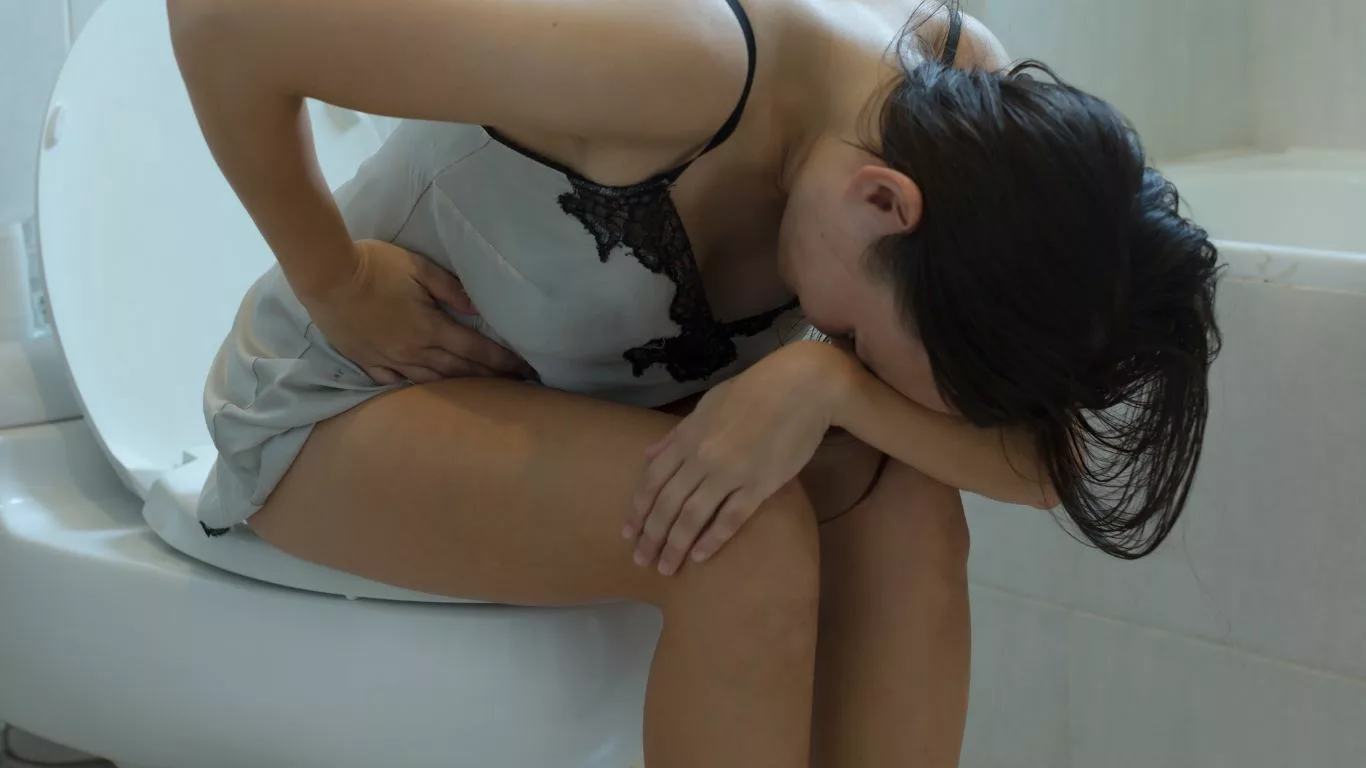
Causes of Stomach Thickening Wall
Stomach Thickening Wall can arise due to different underlying causes, and understanding these triggers is essential for effective management. Some of the common causes include:
Chronic Gastritis
Chronic gastritis is a condition characterized by ongoing inflammation of the stomach lining. The inflammation may be caused by infection with Helicobacter pylori bacteria, long-term use of nonsteroidal anti-inflammatory drugs (NSAIDs), excessive alcohol consumption, or autoimmune disorders affecting the stomach.
The chronic inflammatory process can lead to changes in the stomach lining’s structure, including thickening and the formation of scar tissue, which affects its normal function.
Peptic Ulcers
Peptic ulcers are open sores that develop on the stomach lining or the upper part of the small intestine. These ulcers can be caused by an infection with H. pylori bacteria or the prolonged use of NSAIDs.
When peptic ulcers form, they can create localized thickening in the affected area. The thickened tissue may result from the body’s attempt to repair the damaged mucosa.
Gastric Cancer
Stomach thickening can also be a sign of gastric cancer, a type of cancer that develops in the cells of the stomach lining. Gastric cancer typically progresses slowly, and in the early stages, it may cause thickening of the stomach wall without causing noticeable symptoms.
As the cancer advances, it can cause significant thickening, alterations in the stomach’s shape, and the formation of tumors or masses within the stomach.
Gastrointestinal Stromal Tumor (GIST)
Gastrointestinal Stromal Tumor (GIST) is a rare type of tumor that can develop in the connective tissue of the gastrointestinal tract, including the stomach wall. GISTs arise from specialized cells called interstitial cells of Cajal, which help regulate the gut’s movements.
The presence of a GIST can lead to localized thickening of the stomach wall. If left untreated, GISTs can grow larger and may require surgical intervention.

Symptoms and Diagnosis
Identifying the symptoms of Stomach Thickening Wall is crucial for early detection and appropriate management. The common symptoms associated with this condition include:
- Abdominal Pain or Discomfort: Patients with Stomach Thickening Wall often experience persistent or recurrent abdominal pain, which may range from dull and mild to sharp and severe.
- Bloating and a Feeling of Fullness: The thickened stomach lining may reduce the stomach’s capacity to stretch, leading to a sensation of fullness or bloating, even after consuming small amounts of food.
- Nausea and Vomiting: Thickening of the stomach wall can disrupt the normal digestive process, leading to frequent episodes of nausea and vomiting.
- Unexplained Weight Loss: Stomach Thickening Wall can interfere with nutrient absorption, leading to unexplained weight loss over time.
- Loss of Appetite: Patients may experience a reduced appetite or aversion to food due to discomfort or feelings of fullness.
- Blood in Vomit or Stool: In some cases, the thickened stomach wall may lead to ulcers or bleeding, resulting in the presence of blood in vomit or dark, tarry stools.
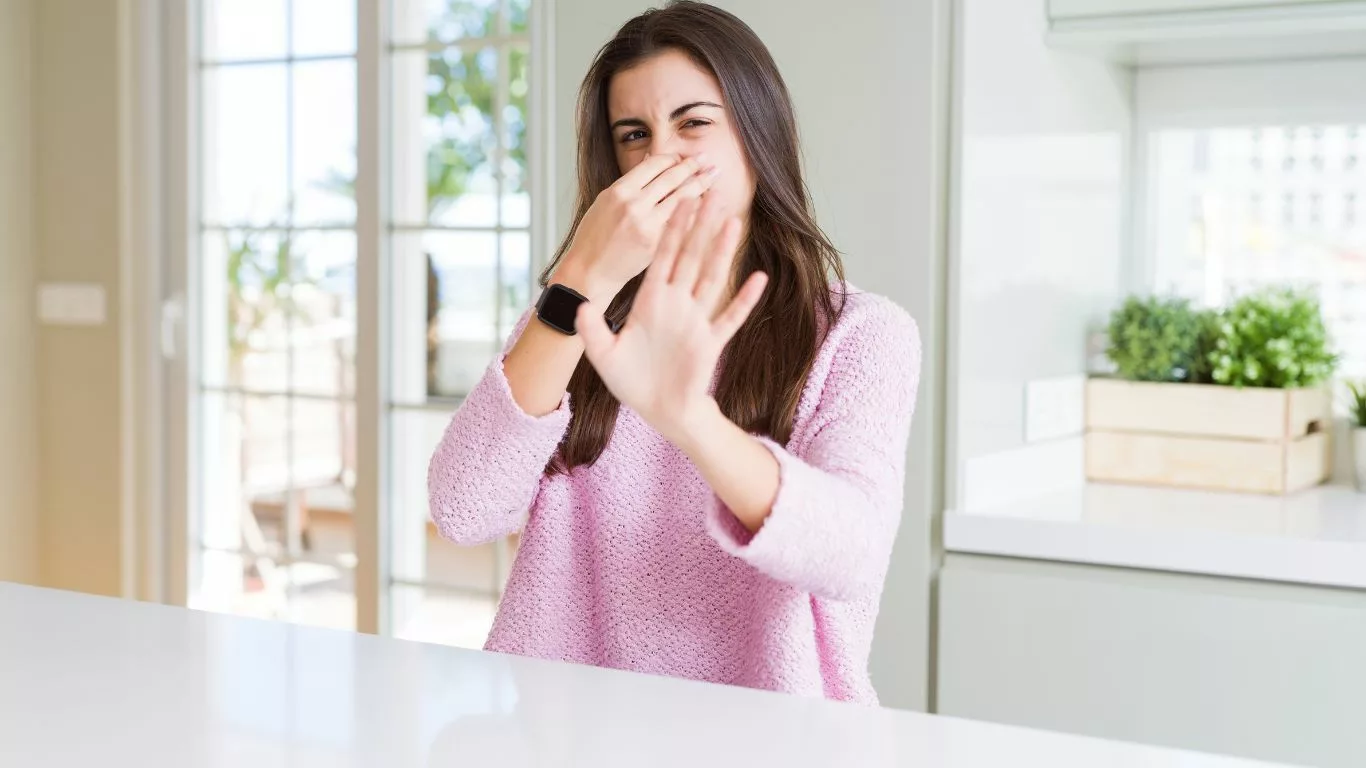
Diagnosing Stomach Thickening Wall involves a series of medical assessments, such as:
Endoscopy
Endoscopy is a common procedure used to examine the inside of the stomach and diagnose various gastrointestinal conditions. During an endoscopy, a gastroenterologist inserts a thin, flexible tube with a camera (endoscope) through the mouth and into the stomach.
The endoscope allows the doctor to visualize the stomach lining, assess the extent of thickening, and identify any abnormalities or suspicious areas.
Biopsy
During an endoscopy, the doctor may also perform a biopsy. A biopsy involves taking a small tissue sample from the thickened area of the stomach lining. The collected tissue is then sent to a laboratory for microscopic analysis.
The biopsy helps determine the underlying cause of the thickening, such as inflammation, infection, or the presence of abnormal cells.
Imaging Tests
In addition to endoscopy, various imaging tests may be used to visualize the stomach and assess the extent of thickening. These imaging techniques include:
- Computed Tomography (CT) Scan: A CT scan provides detailed cross-sectional images of the abdomen, allowing doctors to evaluate the thickness of the stomach wall and detect any abnormalities.
- Ultrasound: Ultrasound uses sound waves to create images of internal organs. It can help identify thickening of the stomach wall and any associated masses or tumors.
- Magnetic Resonance Imaging (MRI): MRI may be used in specific cases to provide detailed images of the stomach and surrounding tissues.
Blood Tests
Blood tests may be conducted to assess the patient’s overall health and detect the presence of specific markers. For example, blood tests can help identify H. pylori infection, signs of inflammation, or certain tumor markers.

Medical Conditions Associated with Stomach Thickening Wall
Stomach Thickening Wall can be linked to several medical conditions, and understanding these associations can provide valuable insights into the overall health of the gastrointestinal system. Some common conditions associated with stomach thickening include:
Gastritis
Gastritis is a condition characterized by inflammation of the stomach lining. The chronic inflammation can lead to changes in the stomach mucosa, such as thickening and the development of scar tissue.
Types of Gastritis
- H. pylori-Associated Gastritis: This type of gastritis is caused by infection with H. pylori bacteria. The bacteria infect the stomach lining and trigger an immune response, leading to inflammation and possible thickening.
- Autoimmune Gastritis: In autoimmune gastritis, the body’s immune system attacks the cells that produce stomach acid and intrinsic factor, a protein necessary for vitamin B12 absorption. Chronic inflammation in this type of gastritis may contribute to stomach wall thickening.
- Chemical Gastritis: This form of gastritis is caused by the long-term use of NSAIDs, alcohol abuse, or exposure to certain chemicals. The irritation and inflammation in the stomach lining can result in thickening over time.
Peptic Ulcers
Peptic ulcers are open sores that develop on the stomach lining or the upper part of the small intestine. Stomach Thickening Wall may occur around peptic ulcers, particularly if the ulcers have not healed properly.
Causes of Peptic Ulcers
- H. pylori Infection: H. pylori bacteria can weaken the stomach’s protective mucus layer and damage the lining, leading to the formation of ulcers.
- NSAIDs and Other Medications: Prolonged use of NSAIDs, such as aspirin or ibuprofen, and certain medications can increase the risk of peptic ulcers.
- Stress and Lifestyle Factors: Stress, smoking, and excessive alcohol consumption can contribute to the development of peptic ulcers.

Gastric Cancer
Gastric cancer, also known as stomach cancer, is a serious condition that develops from the cells lining the stomach. It is a leading cause of cancer-related deaths worldwide.
Types of Gastric Cancer
- Adenocarcinoma: This is the most common type of gastric cancer and starts in the glandular cells of the stomach lining.
- Lymphoma: Gastric lymphoma is a type of cancer that starts in the lymphatic tissue of the stomach wall.
- Gastrointestinal Stromal Tumor (GIST): GIST is a rare type of tumor that can develop in the stomach wall. While most GISTs are non-cancerous, some can be malignant and lead to stomach wall thickening.
Gastrointestinal Stromal Tumor (GIST)
Gastrointestinal Stromal Tumor (GIST) is a rare type of tumor that develops in the connective tissue of the gastrointestinal tract, including the stomach wall. GISTs arise from specialized cells called interstitial cells of Cajal, which help regulate the gut’s movements.
Symptoms of GIST
- Abdominal Pain or Discomfort: Patients with GIST may experience abdominal pain or discomfort due to the presence of the tumor.
- Gastrointestinal Bleeding: In some cases, GIST can cause gastrointestinal bleeding, leading to blood in vomit or stool.
- Palpable Mass: If the tumor grows large enough, it may be felt as a lump or mass in the abdomen.

Treatment Options for Stomach Thickening Wall
The treatment approach for Stomach Thickening Wall depends on the underlying cause and severity of the condition. Several treatment options are available:
Medications and Therapies
Antibiotics for H. pylori Eradication
If Stomach Thickening Wall is caused by an H. pylori infection, a course of antibiotics, along with acid-suppressing medications, is prescribed to eradicate the bacteria and reduce inflammation.
Proton Pump Inhibitors (PPIs)
PPIs are medications that help reduce stomach acid production, alleviating symptoms and promoting the healing of ulcers or inflamed mucosa.
Anti-inflammatory Drugs
In cases of chemical gastritis caused by NSAID use, discontinuing or reducing the use of NSAIDs is advised. Alternative pain management options may be recommended.
Endoscopic Procedures
Endoscopic Biopsy
During endoscopy, the doctor may perform a biopsy of the thickened area to obtain tissue samples for further examination. The biopsy helps determine the underlying cause of the thickening, such as inflammation or abnormal cell growth.
Endoscopic Therapy
If peptic ulcers are identified during endoscopy, the doctor may perform endoscopic therapy to stop bleeding, seal the ulcers, or remove polyps or abnormal tissue.
Surgical Interventions
Tumor Resection
In cases of gastric cancer or malignant GIST, surgical resection of the tumor and affected portions of the stomach lining may be necessary. Depending on the extent of the tumor, partial or total gastrectomy may be performed.
GIST Treatment
For benign or small GISTs, close monitoring and surveillance may be sufficient. For larger or malignant GISTs, surgical removal is often necessary to prevent further complications.

Prevention and Lifestyle Tips
While not all causes of Stomach Thickening Wall can be prevented, adopting a healthy lifestyle can reduce the risk of developing certain conditions and promote overall stomach health. Here are some prevention and lifestyle tips:
Healthy Diet and Nutrition
- Balanced Diet: Maintain a diet rich in fruits, vegetables, whole grains, and lean proteins to provide essential nutrients and support stomach health.
- Fiber Intake: Adequate fiber intake can aid digestion and promote regular bowel movements.
- Limit Trigger Foods: Reduce the consumption of spicy, acidic, and fatty foods that can irritate the stomach lining.
Managing Stress
- Stress-Reduction Techniques: Engage in stress-reducing activities such as meditation, deep breathing exercises, yoga, or regular physical activity.
- Relaxation: Find time for hobbies and activities that promote relaxation and enjoyment.
Avoiding Risk Factors
- Quit Smoking: Smoking can increase the risk of gastritis and stomach-related complications.
- Moderate Alcohol Consumption: Limit alcohol intake to reduce the risk of stomach irritation and inflammation.
- Careful Use of NSAIDs: Use NSAIDs with caution and follow your healthcare provider’s recommendations for their safe use.
- Proper Food Handling: Follow food safety guidelines to reduce the risk of foodborne infections.
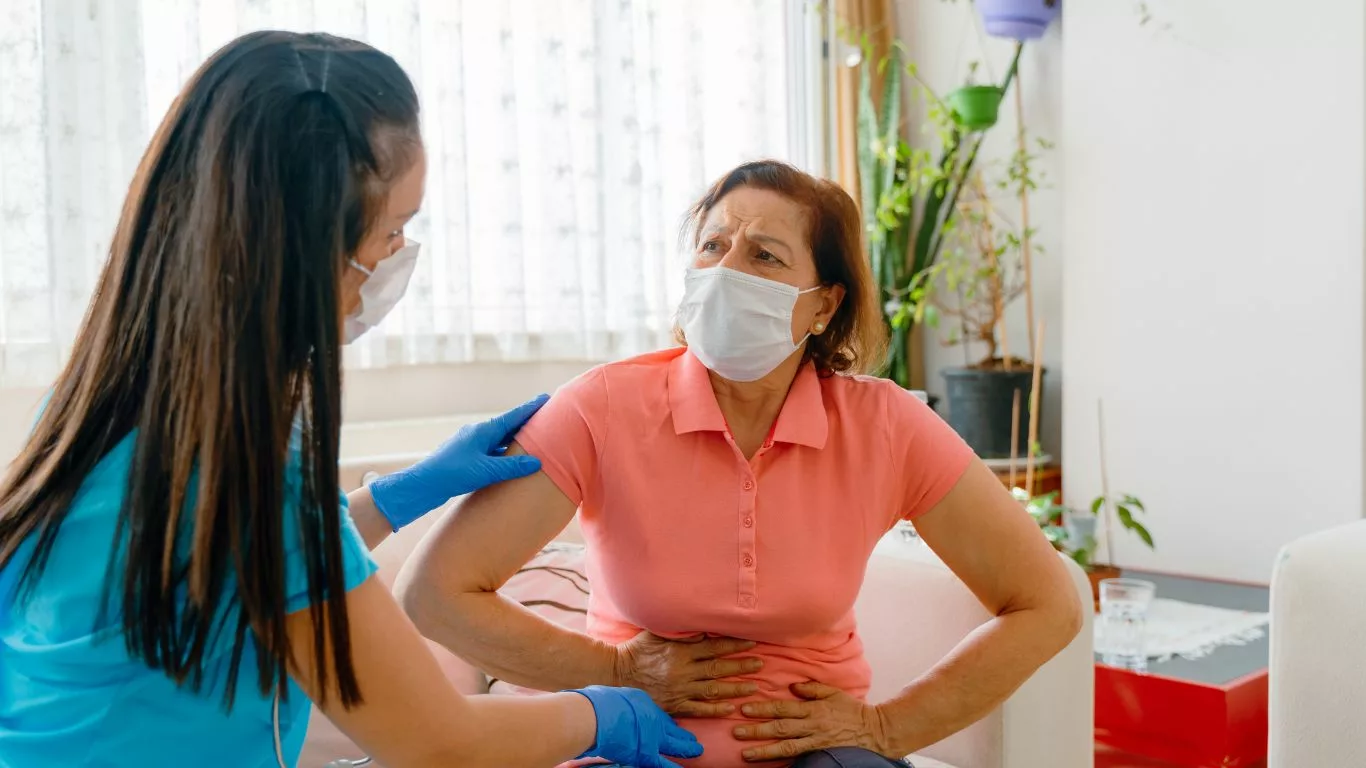
When to Seek Medical Attention
Certain warning signs and symptoms require immediate medical attention to diagnose and treat Stomach Thickening Wall promptly:
- Persistent and Severe Abdominal Pain: If you experience ongoing or severe abdominal pain that does not improve with over-the-counter medications, seek medical attention.
- Unexplained Weight Loss: Unintended weight loss without significant changes in diet or physical activity should be evaluated by a healthcare professional.
- Vomiting Blood or Passing Black, Tarry Stools: The presence of blood in vomit or stool can indicate gastrointestinal bleeding, which requires immediate medical attention.
- Difficulty Swallowing: If you experience difficulty swallowing or a feeling of food getting stuck in your throat, consult a doctor for evaluation.
If any of these symptoms occur, it is essential to seek medical help promptly to determine the underlying cause and begin appropriate treatment.
Conclusion
Stomach Thickening Wall is a condition that warrants attention, as it may be indicative of underlying health issues. Understanding the causes, symptoms, and associated medical conditions can aid in early diagnosis and effective management. Remember to prioritize a healthy lifestyle, seek medical attention when necessary, and follow your healthcare provider’s advice to maintain optimal stomach health.
Regular check-ups and screenings are essential to catch any potential issues early and ensure a healthy stomach for a better quality of life. By taking preventive measures and promptly addressing any symptoms, individuals can work towards a healthier stomach and overall well-being. If you suspect any issues related to your stomach health, do not hesitate to consult a healthcare professional for a thorough evaluation and personalized care.

Appendices
FAQs:
What is stomach thickening wall?
Stomach thickening wall, also known as gastric wall thickening or thickened gastric folds, refers to an abnormal condition where the walls of the stomach become thicker than usual. It can be identified through medical imaging tests and is often a symptom of an underlying condition.
What are the common causes of stomach thickening wall?
Some common causes include gastritis, peptic ulcers, gastrointestinal stromal tumors (GISTs), gastric cancer, eosinophilic gastroenteritis, and inflammatory bowel disease (IBD).
What are the symptoms associated with stomach wall thickening?
Symptoms may include abdominal pain, nausea, vomiting, bloating, changes in bowel habits, unexplained weight loss, loss of appetite, and anemia.
How is stomach thickening wall diagnosed?
Diagnostic methods include endoscopy, imaging studies (ultrasound, CT scans, MRI), biopsy, blood tests, and stool tests.
What are the treatment options for stomach thickening wall?
Treatment varies based on the underlying cause and may involve medications, antibiotics, lifestyle changes, targeted therapies, and surgery.
References:
- Mayo Clinic. (2023). Gastritis. Mayo Clinic. https://www.mayoclinic.org/diseases-conditions/gastritis/symptoms-causes/syc-20355807
- Mayo Clinic. (2023). Peptic ulcers (stomach ulcers). Mayo Clinic. https://www.mayoclinic.org/diseases-conditions/peptic-ulcer/symptoms-causes/syc-20354223
- Mayo Clinic. (2023). Gastrointestinal stromal tumors (GISTs). Mayo Clinic. https://www.mayoclinic.org/diseases-conditions/gastrointestinal-stromal-tumors/cdc-20387715
- Mayo Clinic. (2023). Gastric cancer. Mayo Clinic. https://www.mayoclinic.org/diseases-conditions/gastric-cancer/symptoms-causes/syc-20351780
- Mayo Clinic. (2023). Eosinophilic gastroenteritis. Mayo Clinic. https://www.mayoclinic.org/diseases-conditions/eosinophilic-gastroenteritis/symptoms-causes/syc-20375556
- Mayo Clinic. (2023). Inflammatory bowel disease (IBD). Mayo Clinic. https://www.mayoclinic.org/diseases-conditions/inflammatory-bowel-disease/symptoms-causes/syc-20353315
Disclaimer: The information provided in this article is for educational purposes only and should not be considered medical advice. It is essential to consult a qualified healthcare professional for accurate diagnosis and personalized treatment options. The authors and publisher of this article are not responsible for any adverse effects or consequences resulting from the use of the information provided. Always seek medical attention for any health concerns or symptoms you may have.
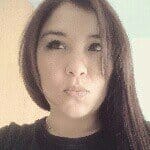
Camellia Wulansari is a dedicated Medical Assistant at a local clinic and a passionate health writer at Healthusias.com. With years of hands-on experience in patient care and a deep interest in preventive medicine, she bridges the gap between clinical knowledge and accessible health information. Camellia specializes in writing about digestive health, chronic conditions like GERD and hypertension, respiratory issues, and autoimmune diseases, aiming to empower readers with practical, easy-to-understand insights. When she’s not assisting patients or writing, you’ll find her enjoying quiet mornings with coffee and a medical journal in hand—or jamming to her favorite metal band, Lamb of God.
